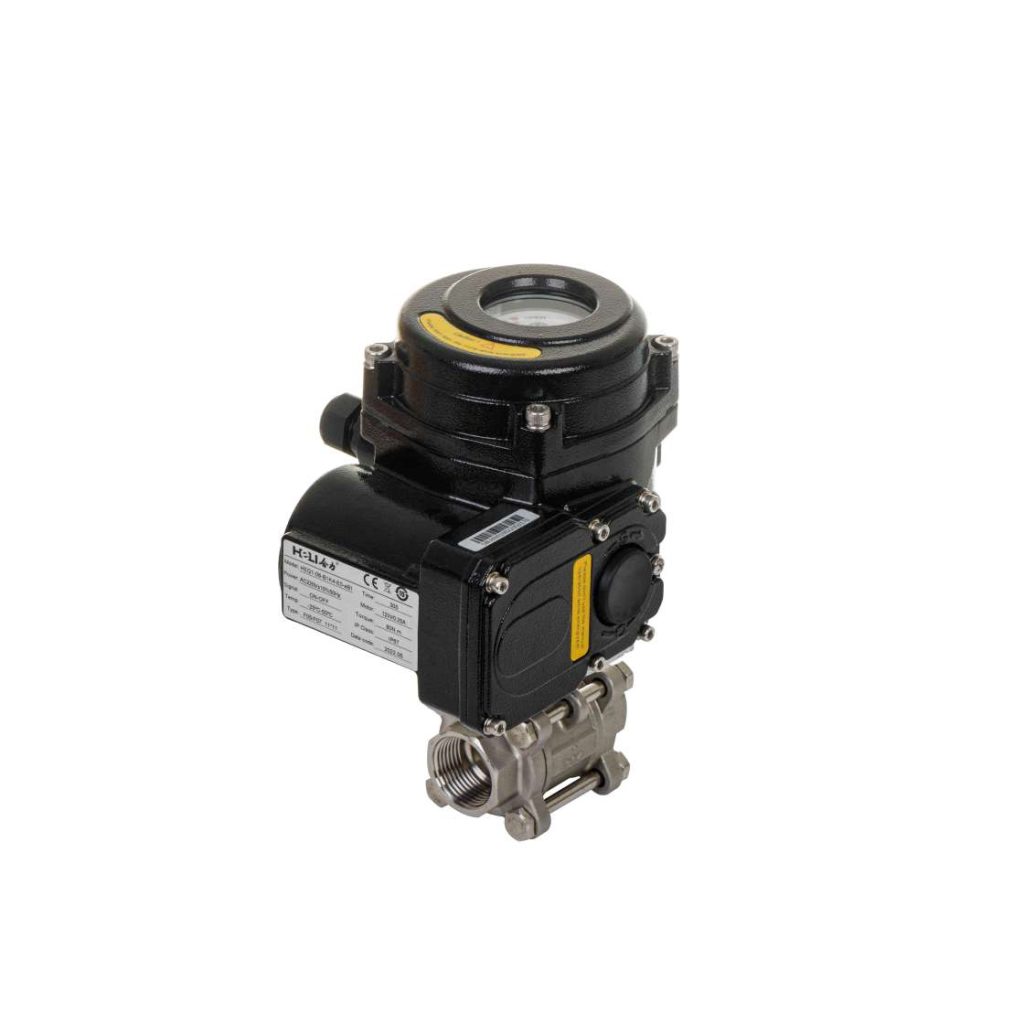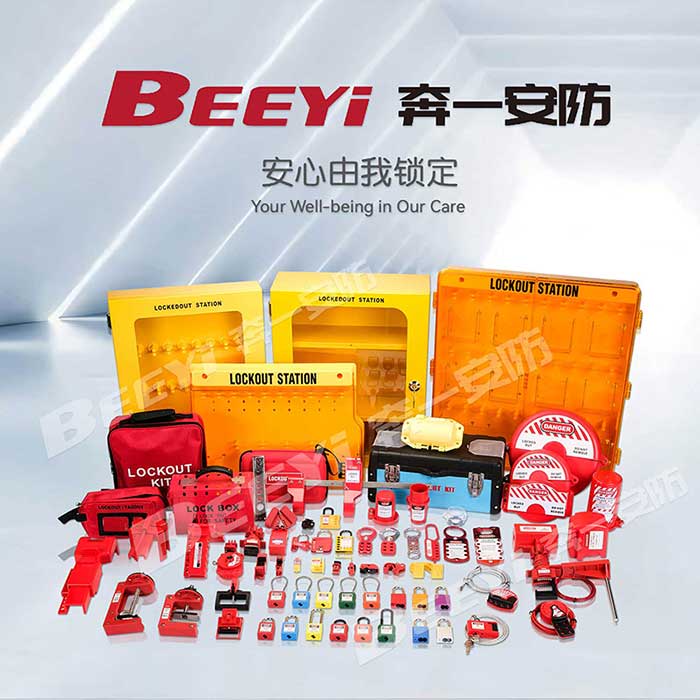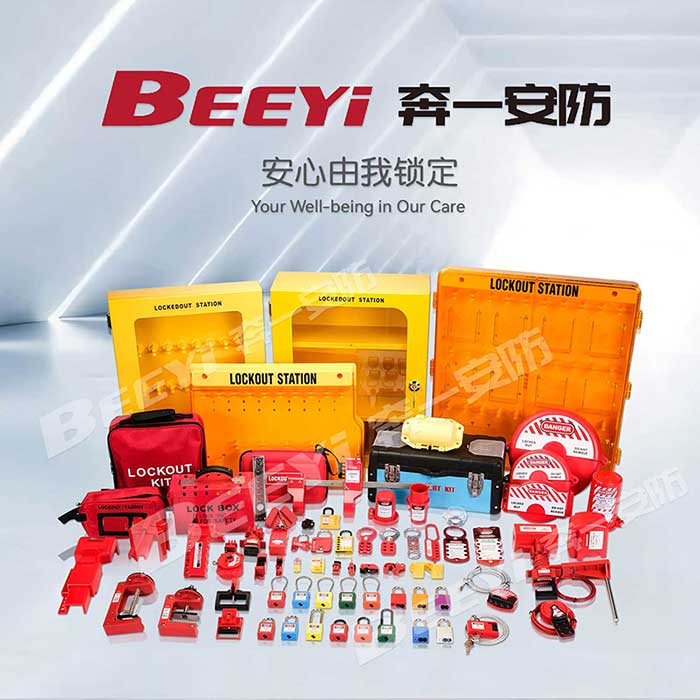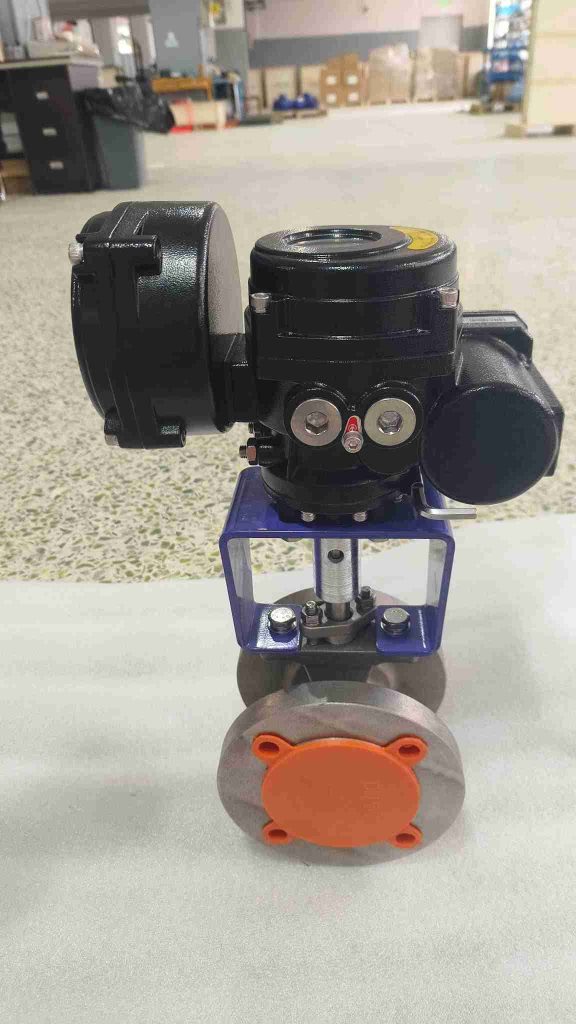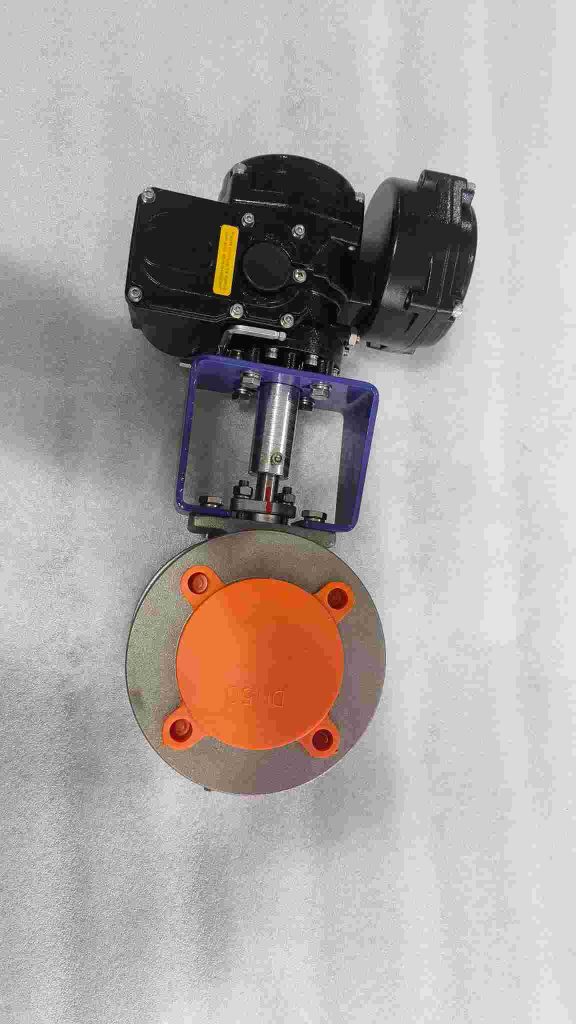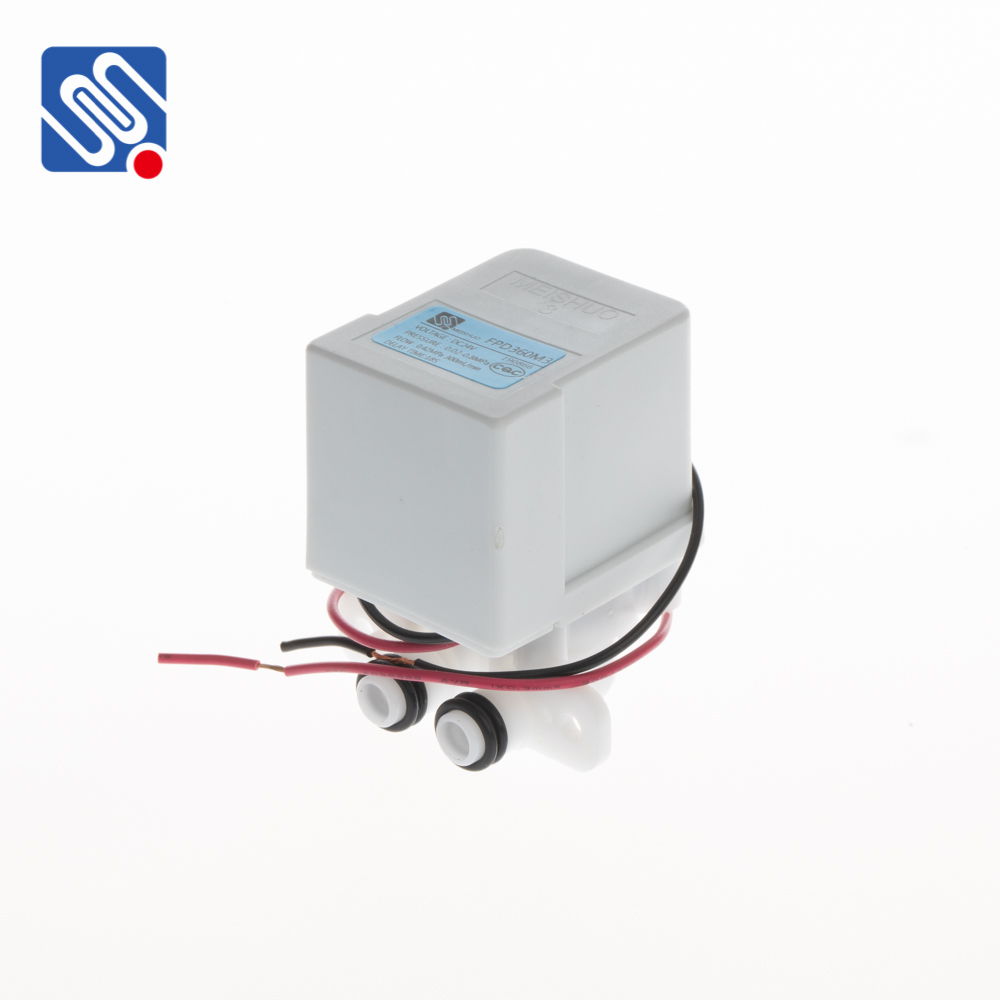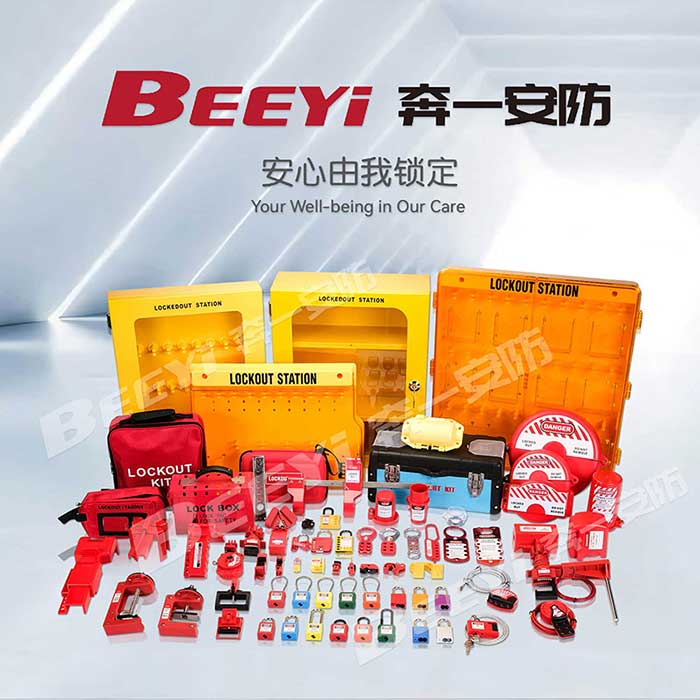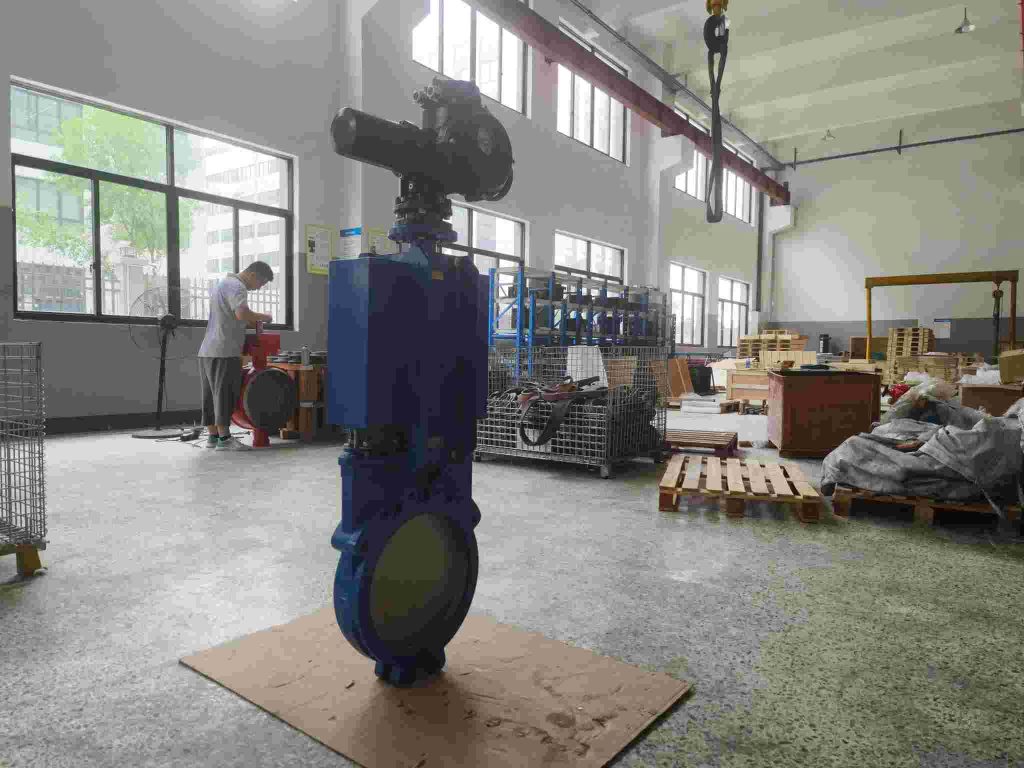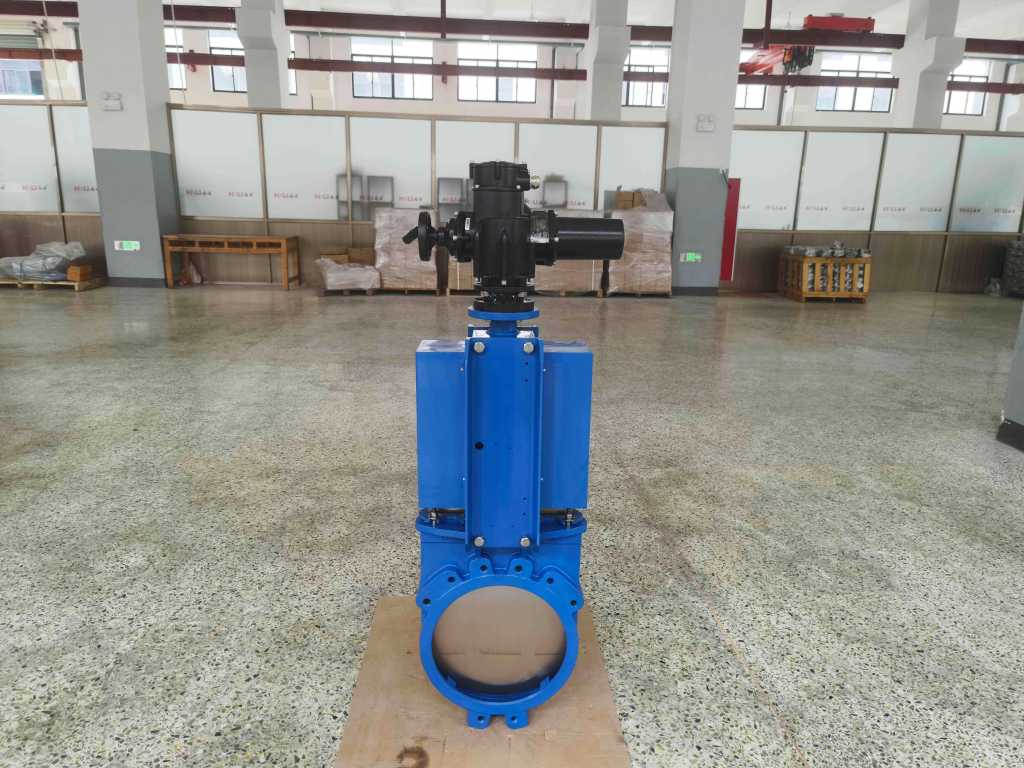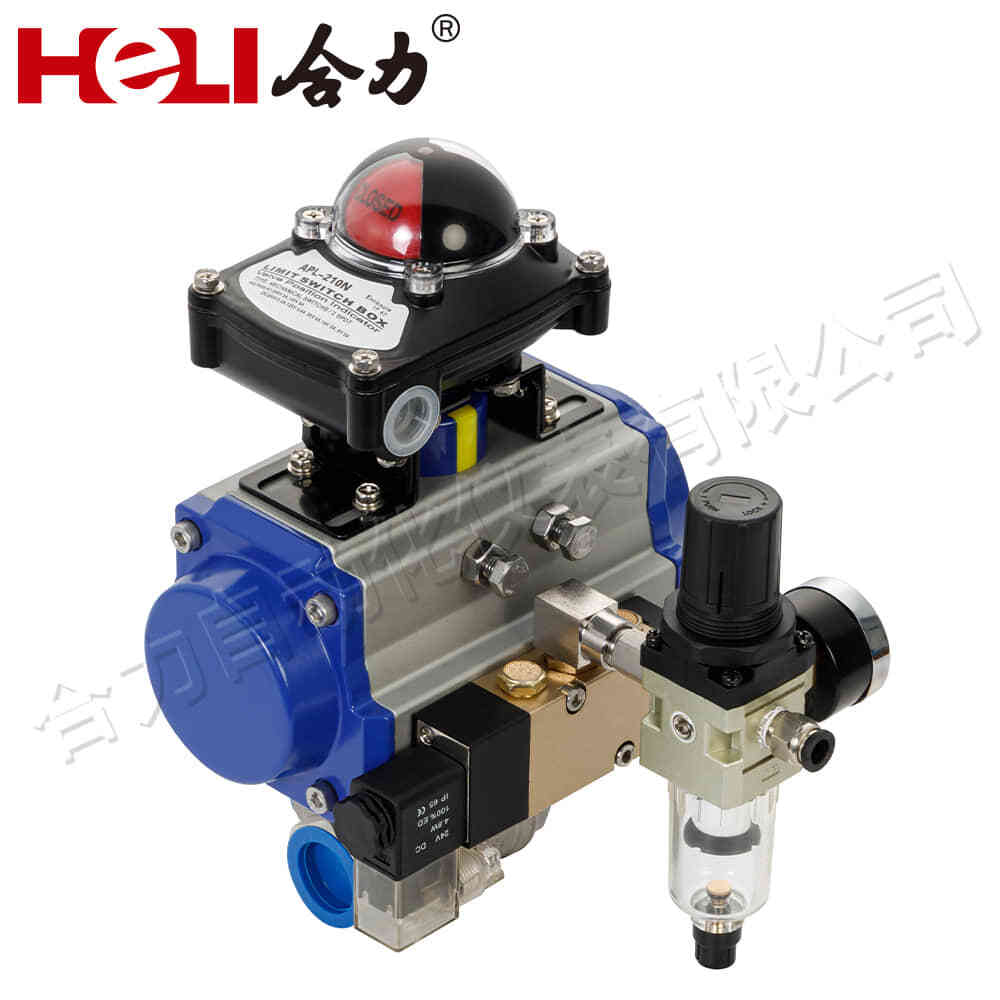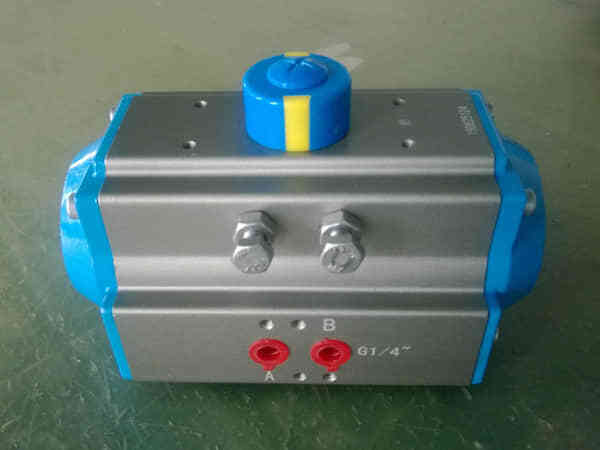In industries where hazardous materials and explosive gases are present, safety becomes a paramount concern. The Explosion-proof Electric Screw Ball Valve is an essential component designed to ensure the safe and efficient operation of fluid control systems in such environments. These valves are particularly vital in sectors like chemical processing, oil and gas, pharmaceuticals, and mining, where the risk of explosions and accidents is high. This article explores the features, applications, and benefits of the Explosion-proof Electric Screw Ball Valve, highlighting its importance in safeguarding both workers and equipment.
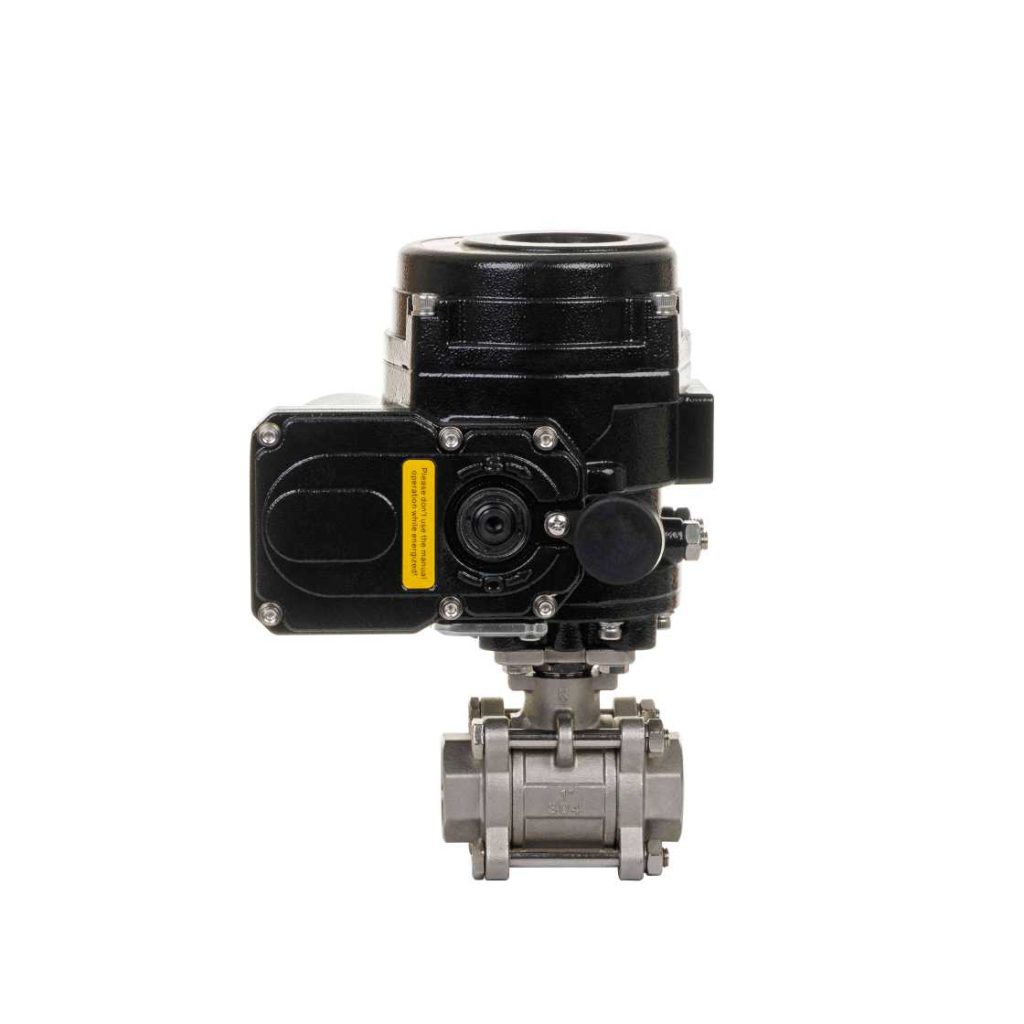
What is an Explosion-proof Electric Screw Ball Valve?
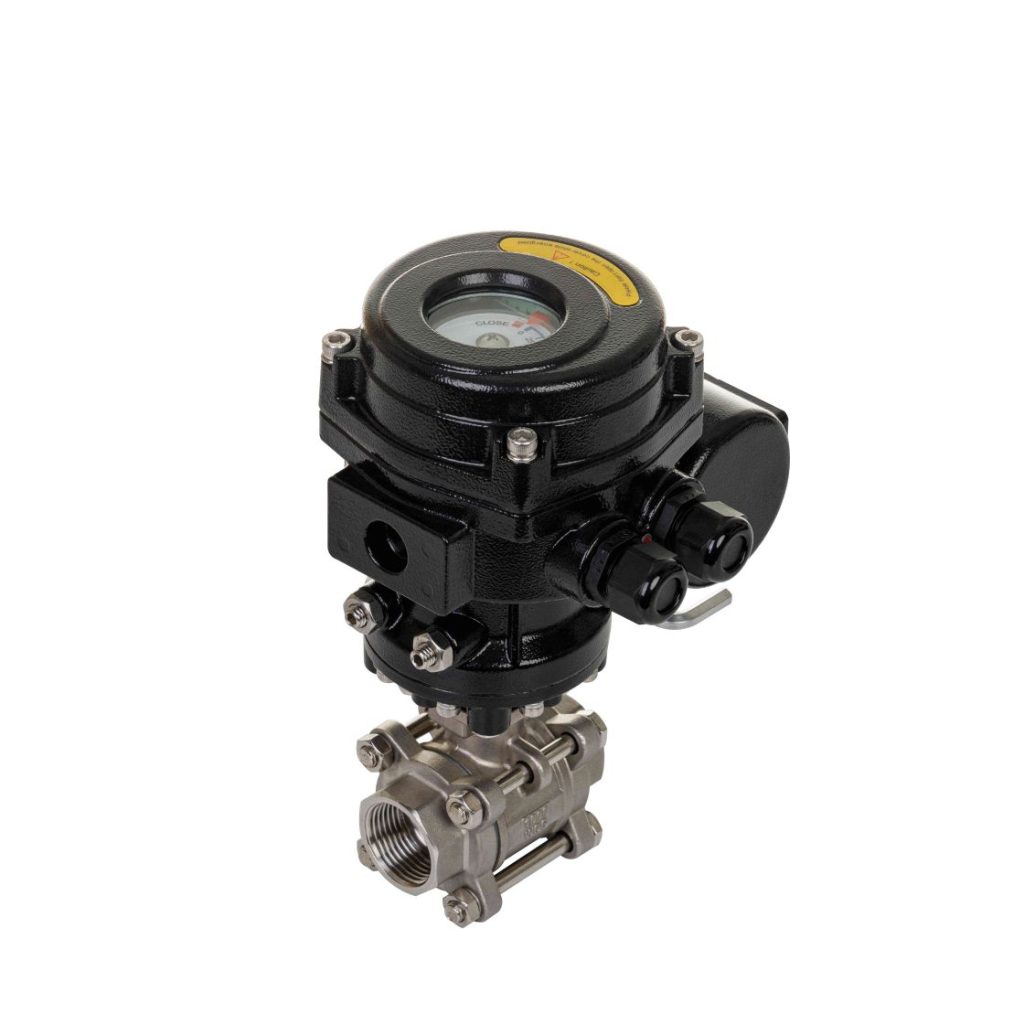
An Explosion-proof Electric Screw Ball Valve is a type of automated valve designed for use in explosive or hazardous environments. It combines the functionality of a ball valve with electric control mechanisms, while also integrating explosion-proof features to prevent ignition or sparks that could lead to explosions. This valve type uses a screw mechanism to adjust the position of the valve, offering precise control over the flow of liquids, gases, and other fluids through pipes or pipelines. The valve is electrically actuated, allowing for remote control and automation of flow regulation. The explosion-proof feature ensures that even in environments with potentially explosive substances, the valve will operate safely without causing any sparks or heat that could trigger an explosion. These valves typically conform to global safety standards, such as ATEX, IECEx, and UL, which certify their suitability for use in dangerous zones.
